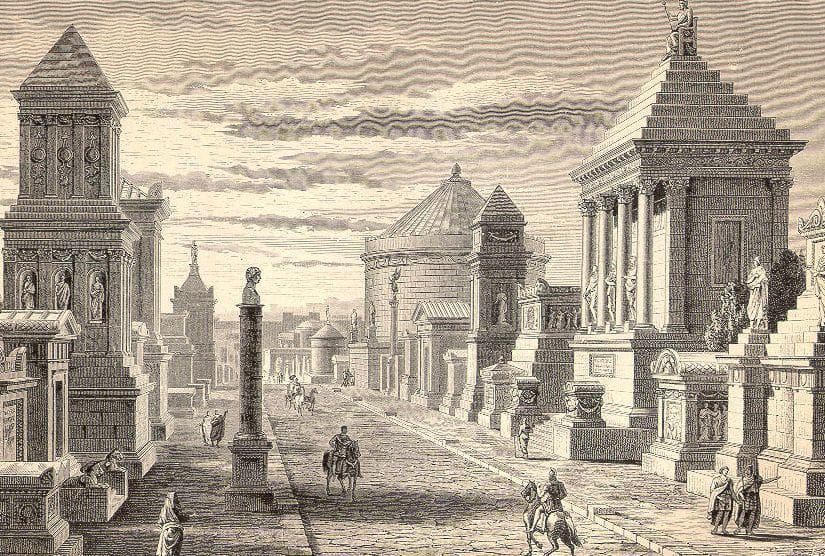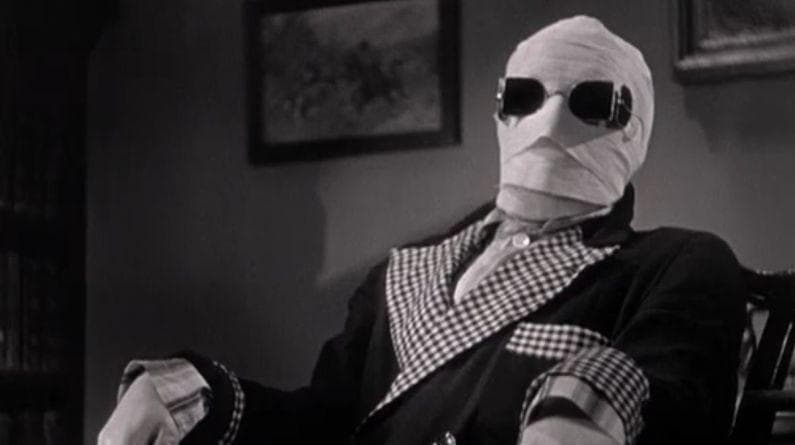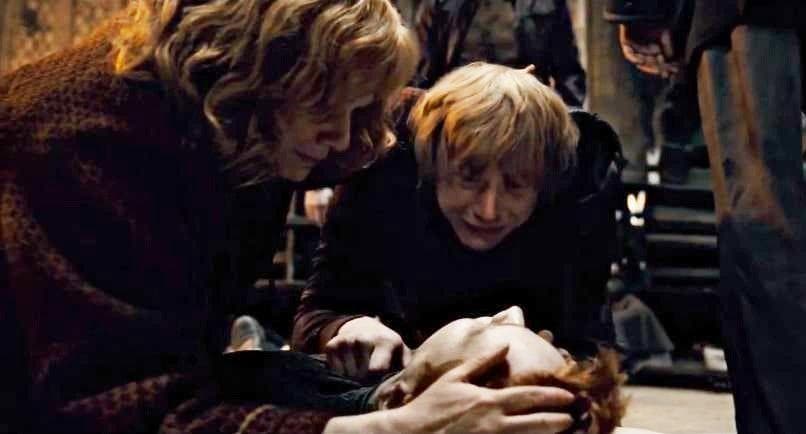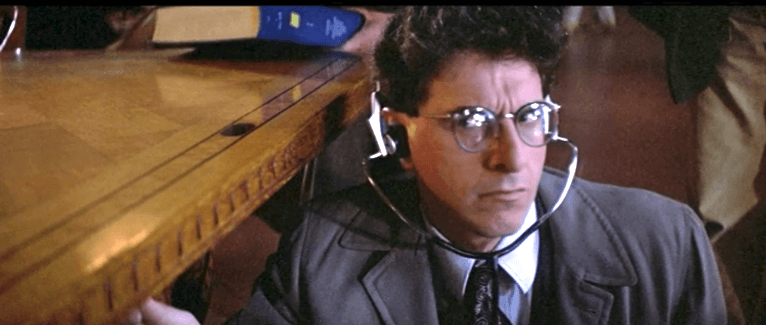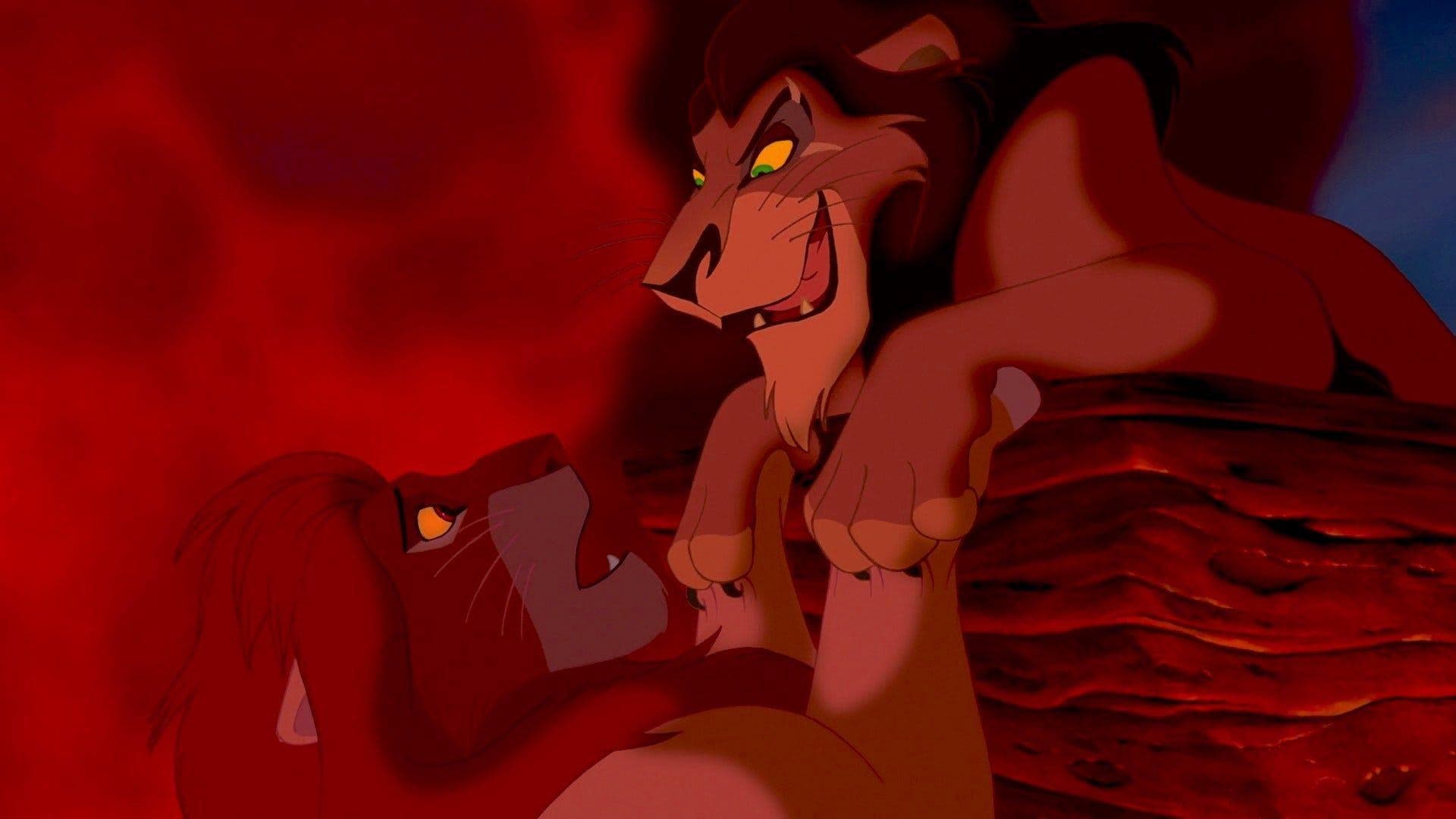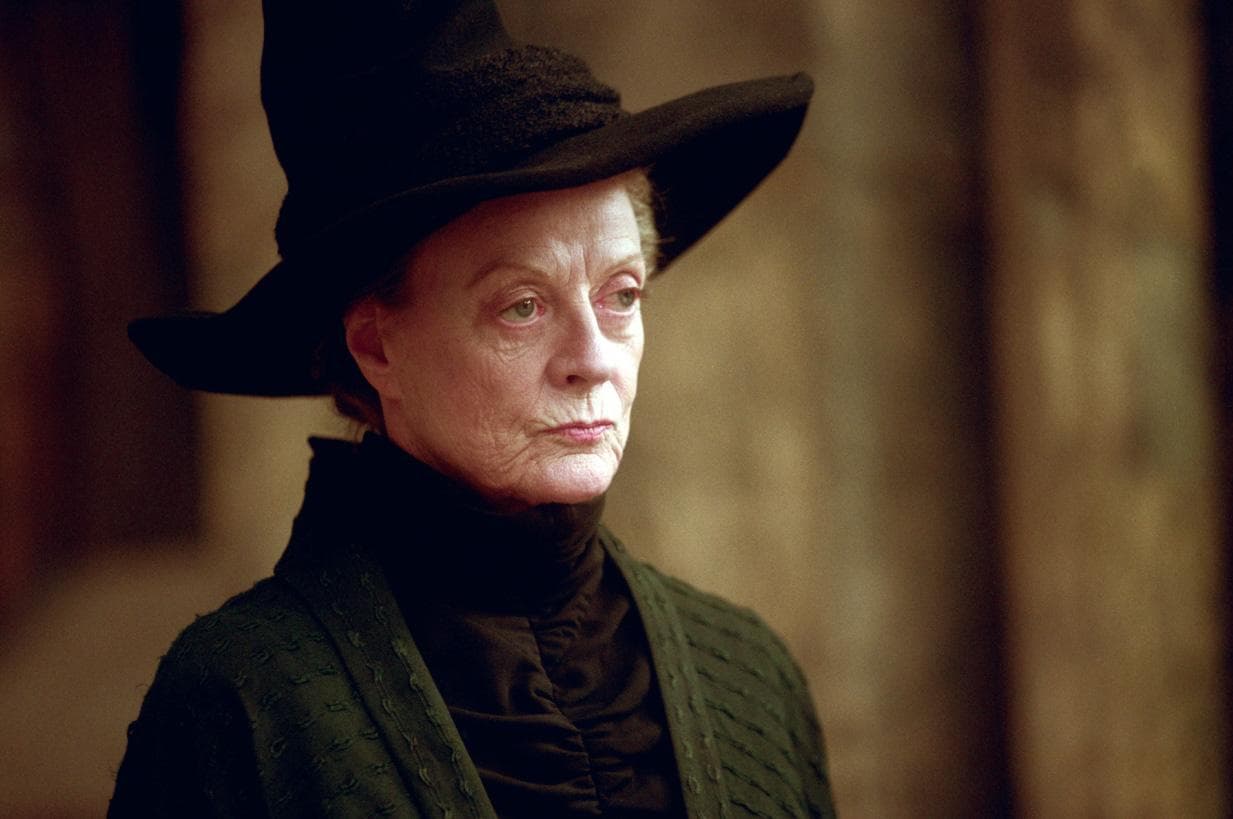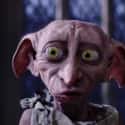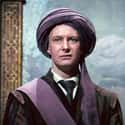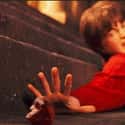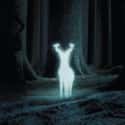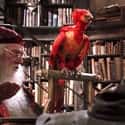(#18) Old English Folklore Inspired Dobby's Name
Dobby's heartwarming loyalty to Harry and his eventual freedom made him a fan favorite for Harry Potter fans, but many do not realize the careful execution behind the beloved house elf's name. Dobby is actually an old English word that refers to an elf from fables. According to old stories, dobbies performed tasks secretly at night.
In these stories, dobbies were said to disappear when offered clothes or shoes. House elves, of course, gain their freedom when offered clothing from their master.
(#6) Quirinus Quirrell Is Straight Out Of Ancient Rome
In Harry Potter and the Sorcerer's Stone, Quirinus Quirrell secretly has the face of Voldemort hidden on the back of his head. He covers it up with a turban, so we only see it during a big reveal at the film's climax. The whole idea of Quirrell's second head comes from Roman mythology.
The Roman god Janus Quirinus has two faces. He was the Roman god of doors and beginnings, which may be a nod to the fact Quirrell was the first villain in the franchise.
(#2) Nicolas Flamel Was A Real-Life French Scholar
Nicolas Flamel of the Harry Potter world is actually a real person. In the series, Flamel is the only known maker of the Philosopher's Stone, which grants immortality with the Elixir of Life. According to Pottermore, the real Nicolas Flamel hails from fourteenth century France. Had he survived as he did in the book, he would have been around 665 at the time period in The Philosopher's Stone.
Historians can't agree on whether or not he was actually an alchemist, but he had an extensive library with alchemical texts and may have spent time trying to decode a mysterious book filled with alchemical symbols. The Philosopher's Stone also comes from history and is sometimes referred to as "the tincture" and "the powder." Believers in Western Alchemy thought the stone had the power to transform base metals into precious metals like gold and silver and could yield the elixir of life, the key to immortality.
(#19) A German Literary Movement Inspired The Durmstrang School's Name
The Durmstrang Institute was first introduced in Harry Potter and the Goblet of Fire as the Scandinavian school contender in the Triwizard Tournament. Their name, like many names in the Harry Potter universe, was not picked at random, but this Rowling reference was particularly esoteric. The Durmstrang school was named after a little known German literary movement called Sturm and Drang, German for "storm and stress." The 18th Century movement wanted to overthrow rationalism associated with Enlightenment-era thinking and placed value on nature, feeling, and individualism.
Is there any relation behind the philosophy of the Sturm and Drang movement and the Durmstrang Institute? Not really. According to Pottermore, the school does have a dark reputation and, historically, turned out many morally questionable witches and wizards. Perhaps it was the sinister connotations of the words "storm" and "stress" themselves that drew Rowling to the name.
(#13) The White Deer Stems From Celtic Mythology
Deer (particularly glowing white deer) are a reoccurring Patronus for the Potter Family and wildly significant in a scene from The Prisoner Of Azkaban, where Harry is almost killed by Dementors. During the attack at the Great Lake, Harry fails to summon one of his spirit guardians. Just before he's about to be kissed by a Dementor, which would cause him to lose his soul in a fate worse than death, a white stag comes charging across the lake and drives it away. Harry believes the Patronus came from his deceased father, who was an Animagus and could take the form of a stag.
Celtic mythology believes that white deer act as messengers from another world, which is fitting as perhaps Harry's dad was trying to tell him something from beyond the grave. White deer can also mean you're about to be sent on a quest, of which Harry Potter is perpetually on.
(#11) Dumbledore's Phoenix Fawkes Is Named After Guy Fawkes
Dumbledore's beloved phoenix Fawkes may have been immortal, but he periodically died by bursting into flames and being reborn from the ashes. This event was called "Burning Day," which appears to be a nod to the British holiday Bonfire Night. Bonfire Night, which is also referred to as Guy Fawkes Night. The night commemorates the failed plot of Guy Fawkes, who tried to blow up the British Houses of Parliament with gunpowder as an act of protest against Protestant leadership. Brits typically celebrate with a gorgeous display of fireworks, akin to the explosive rebirth of Dumbledore's phoenix.
New Random Displays Display All By Ranking
About This Tool
Harry Potter has a history of more than 20 years, and countless fans are addicted to that exciting magical world. If you are a fan of Harry Potter, you may have read this series of novels many times and watched all 8 movies. You are sure that you know all the information about these books, know the name of each character and each plot. However, you will be surprised to find that there are still some historical references, myths, or legends hidden in the series.
Although this is a fictional magical world, many things, languages, or events are based on ancient history books, folklores. Here you could know 19 historical references in Harry Potter which you may never notice before.
Our data comes from Ranker, If you want to participate in the ranking of items displayed on this page, please click here.

